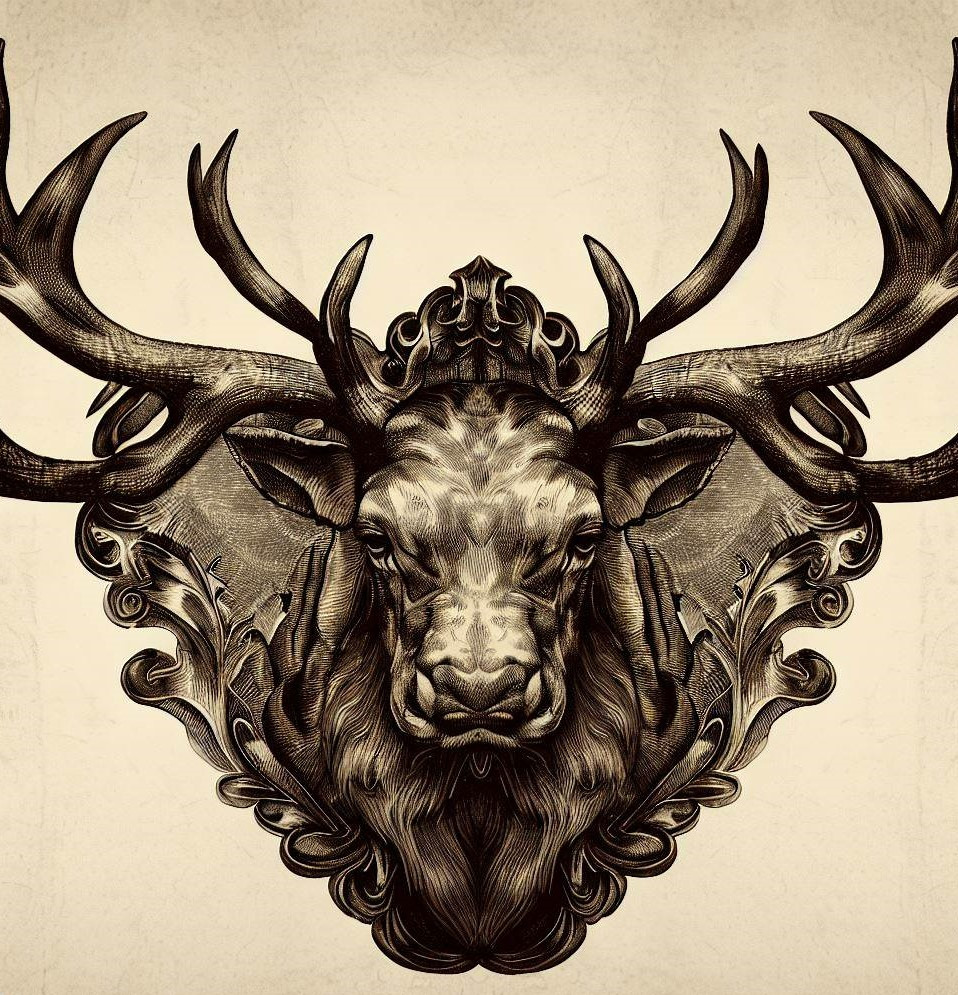HOME | DD
 AgyGuru — Learning from Master Durer
AgyGuru — Learning from Master Durer

#dürer #learning #master #aiart
Published: 2023-05-21 09:15:54 +0000 UTC; Views: 2235; Favourites: 50; Downloads: 2
Redirect to original
Description
Albrecht Dürer was a renowned German painter, printmaker, and theorist of the Renaissance period. He was born on May 21, 1471, in Nuremberg, Holy Roman Empire (present-day Germany), and lived until April 6, 1528. Dürer's contributions to art had a significant impact on the development of Northern European Renaissance painting.Dürer grew up in a family of goldsmiths, and he initially trained as a goldsmith himself. However, he soon realized his true passion lay in painting and drawing. In his early years, he apprenticed with his father and then studied under the painter Michael Wolgemut. Dürer's travels across Europe, particularly to Italy, where he studied the works of Italian masters, further influenced his artistic development.
Dürer was a highly skilled and versatile artist, working in various mediums such as oil paint, watercolor, and printmaking. His artistic output encompassed a wide range of subjects, including religious scenes, portraits, landscapes, and intricate engravings. His technical mastery and attention to detail are often regarded as exceptional.
Description of Style:
Dürer's style can be characterized by its meticulous precision, intricate detail, and naturalistic approach. He was deeply interested in the study of proportions, perspective, and anatomy, striving to depict subjects with accuracy and realism. This pursuit of precision led him to develop sophisticated techniques for representing light, shadow, and texture in his works.
In his religious paintings, Dürer infused his compositions with symbolic elements and emotional depth. He aimed to convey a sense of spiritual significance and inner reflection. Notable examples of his religious works include "The Adoration of the Magi" and "The Four Apostles."
Dürer's portraits are distinguished by their lifelike depictions and psychological insight. He portrayed his subjects with a keen attention to their individual features and expressions, revealing their personalities and inner thoughts. One of his most famous portraits is "Self-Portrait at Twenty-Eight," a remarkably honest and introspective depiction of himself.
His engravings and woodcuts were not only exquisite in their execution but also highly reproducible. This allowed his works to be widely circulated and admired beyond the confines of his immediate artistic community. His prints became influential models for other artists, and their wide distribution helped spread the Renaissance ideals throughout Northern Europe.
As a printmaker, Dürer revolutionized the field and elevated it to the level of fine art. His engravings and woodcuts were highly sought after and widely influential. Notable examples include "Knight, Death, and the Devil," "Melencolia I," and "The Four Horsemen of the Apocalypse." These works demonstrated his technical virtuosity and explored complex themes, often blending Christian symbolism with humanistic ideas.
His engravings and woodcuts were not only exquisite in their execution but also highly reproducible. This allowed his works to be widely circulated and admired beyond the confines of his immediate artistic community. His prints became influential models for other artists, and their wide distribution helped spread the Renaissance ideals throughout Northern Europe. He played a crucial role in bridging the gap between the artistic traditions of Northern Europe and the Renaissance ideas that were flourishing in Italy.
One of Dürer's key contributions was his incorporation of Italian Renaissance techniques and principles into his own works. During his travels to Italy, he studied the works of Italian masters such as Leonardo da Vinci and Raphael, absorbing their ideas on proportion, perspective, and anatomy. Dürer then applied these concepts to his own art, introducing a new level of naturalism and technical precision to Northern European painting.
Dürer's emphasis on meticulous detail and his pursuit of realism became influential in Northern European art. His focus on accurate representations of anatomy, precise rendering of textures, and intricate use of light and shadow set new standards for artists of his time. His technical mastery inspired and influenced numerous painters who followed him, both in his immediate circle and in subsequent generations.
Dürer's artistic achievements also extended to his theoretical writings. He authored treatises on topics such as human proportions, perspective, and artistic theory. His writings provided valuable insights into the technical aspects of art, offering guidance to other artists and shaping the discourse on artistic practice.
Cover picture is AI generated based on his style and it is called The Stag King
Related content
Comments: 2

👍: 1 ⏩: 0

👍: 1 ⏩: 0

























